This morning, we looked at the structural and institutional factors that shaped the presidential election this year. Now, we look at the voters themselves—who voted for Clinton, who voted for Trump, and what we know about why.
- Who voted for Clinton? Who voted for Trump?
Hillary Clinton received more votes than Donald Trump. One cannot easily ascribe Trump’s victory to “the voice of the people” if, by that, you mean the preference of a majority of the voters. Nonetheless, at least 60 million American voters did choose Donald Trump, and their motivations have been the subject of a furious debate for many months.
The obvious bears repeating: most fundamentally, Trump’s voters were Republicans. Partisanship is a good predictor of vote choice and has become a stronger predictor over time, as the parties have polarized. Whatever dreams the Clinton campaign had of winning over moderate Republicans, there is no sign that this strategy was a successful one. It is possible that negative attitudes about Clinton allowed Republicans to reconcile themselves more easily to the also widely disliked Donald Trump. Or it may simply be the case that partisanship prevailed. No matter how much complaining one hears during the primary season, voters tend to come home to their party by November, and that happened again this year, for both parties.
But Trump succeeded in doing what other recent Republican candidates have not—winning the presidency. Florida, Ohio, Iowa, Pennsylvania, and Wisconsin flipped into the Republican column this year. Michigan may soon be added to this list.
There are two ways of assessing how Trump performed better than his predecessors. Neither method is perfect. First, we can assess the characteristics of places where Trump won or lost, or where he won or lost more than other recent Republican presidential nominees. This is a process is risky because of the ecological inference fallacy. Second, polling data can be used to assess who was supporting Trump and Clinton. But this strategy also has flaws. Polls seem to have been systematically undercounting Trump support during the campaign, a problem that was particularly pronounced in swing states. Moreover, exit polls are often misleading and are not designed to accurately reflect the views of sub-groups, such as Blacks, Latinos, or working-class whites.
First, the geography. Compared with Romney, Trump saw gains from rural white America and also smaller cities, particularly those in the industrial Midwest. A large number of counties that had voted for Obama in 2008 and 2012 went to Trump. In fact, among all the counties across the country that Obama had won twice, Trump managed to flip one-third of them. By contrast, Clinton was only able to flip 0.3% of counties that voted Republican in 2008 and 2012. It is not clear, however, whether Trump’s success in Obama counties is primarily due to voters switching party allegiances or to differences of turnout.
Second, the people. Throughout the campaign, polls suggested that Trump’s candidacy was dependent on very high levels of support from white people. Trump has long celebrated his support among whites without a college degree, though his highest margins over Clinton actually came from middle-class whites.
In addition, several groups that were expected to support Clinton at high rates did not provide the cushion she needed to win. Women, for instance, voted for Trump at similar rates to previous GOP candidates. It is not yet clear whether ethnic minorities, and specifically Latinos, may have voted for Trump at higher rates than expected. While overall turnout appears to have been only slightly lower than 2012, the topline numbers could disguise important shifts in different demographic groups, and even the totals are disappointing in light of the record numbers predicted prior to and during Election Day.
- Motivations: Populism, economic anxiety, xenophobia, racism and sexism
The demographics of Trump’s support are often used to justify particular narratives about Trump voters’ motivations—typically, either “populism stemming from economic anxiety” or “sexism, racism, and xenophobia.”
Are Trump voters actually suffering from economic malaise? Portraits of white working-class Trump supporters from Louisiana, for instance, show how economic anxiety mixed with cultural threat and a feeling of having been left behind has been converted into Trump support. Similarly, the widely praised memoir Hillbilly Elegy paints a portrait of a downtrodden white working class that has a palpable sense of the disdain directed their way from liberal coastal elites. Finally, a new book by Katherine Cramer examining the politics of resentment in Wisconsin demonstrates how rural Americans feel left behind and ignored by policymakers. These narratives fit well with research that shows how young white working class men and women in precarious economic situations come to lose trust in the social and political institutions around them.
What’s not clear is just how representative of Trump support these portraits are. In exit polls, people who rated the economy the most important issue broke for Clinton, not for Trump. Trump won among those more concerned about immigration and terrorism. Furthermore, extensive data on Trump supporters demonstrate that they have higher incomes than the average non-Hispanic white Americans. At the same time, Trump supporters are on average less well educated, are more likely to live in areas with little economic mobility and have poorer measures of health. Post-election results also show that Trump support was higher in areas where the economy has fared worse over the last four years, a fact which might matter at the polls, since a voter’s attitudes about the economy tend to be “sociotropic,” responding to general conditions rather than personal ones.
If the economic story is a complicated one, how much did sexism, xenophobia, and racism drive Trump’s support?
Social science has undeniably demonstrated that women face a Catch-22—they are seen as warm or competent, but rarely as both. As a result, Clinton was obliged to present a very careful image of herself to the public—which itself could be seen as inauthentic or untrustworthy. To the extent that her gender damaged her chances as a candidate, however, Clinton (or perhaps the presidency) is the exception to the rule. There is actually cause for optimism about women running for office. The data suggest that when they run, women do about as well as men. Partisanship tends to be more important than gender considerations. The reason we do not have more women in office is often in the pipeline—women are not encouraged to be candidates, and worry about the sexism they will face.
More clear-cut is the role of racial and xenophobic sentiments in Trump’s rise. Racial resentment, opposition to immigration, and anti-Muslim sentiment were strong predictors of Trump support in the Republican primary. This result is in keeping with a broader array of evidence suggesting that there is a core conservative base, long predating the Trump campaign, that is highly motivated by anti-immigration attitudes, fears of cultural decline and racial resentment.
In the general election, 60 million people voted for Trump, and their motivations obviously cannot be exclusively ascribed to racial conservatism or ethnic nationalism. But in October, there remained a strong correlation between support for Trump and believing that “women seek to gain power by getting control of men” or disagreeing with the statement that “white people have certain advantages because of the color of their skin.” Additional research is needed to examine whether (or how much) race and gender attitudes were a stronger predictor than usual of vote choice.
Moreover, Trump’s campaign was unique in modern U.S. campaigns for its exceptionally explicit racist, sexist, and xenophobic elements. Trump has called Mexicans rapists and criminals, questioned the professionalism of an American-born judge based on his Hispanic background, called for a ban on the entry of Muslims to the United States, retweeted white-supremacist, anti-Semitic, and racist messages, and attacked a Muslim Gold Star family. He bragged about committing sexual assault, and he received the endorsement of the official newspaper of the Ku Klux Klan. Even Trump voters who did not actively share these extreme views were willing to overlook explicitly bigoted rhetoric in support of their candidate—and this is essential to any understanding of the 2016 election.
Conclusion
Partisanship remained a powerful predictor of voting patterns, even in a year that many expected to be exceptional. In addition, the demography and stated motivations of Trump’s supporters suggest that, particularly in times of frustration with the economic and political status quo, appeals to xenophobia, racial resentment and sexism continue to be formidable force in American politics.
But the voters alone do not provide a complete explanation of the election outcome. Most obviously, the electoral college and popular vote results were different. But a wide array of structural and institutional factors also came into play. There is no single answer to the question of why Trump won the presidency in 2016. The election was close, so many factors plausibly had an influence larger than Trump’s margin of victory in the relevant states.
In assessing these factors, it is important to keep in mind that there is not the same amount of evidence—or even the possibility of acquiring the same amount of evidence—for each of these explanations. Some explanations, like the effects of voter suppression, can be tested with data. Other explanations, like the effects of the media or messaging, are more challenging to rigorously assess. We’ll likely be arguing about the relative merits of these explanations for years to come.
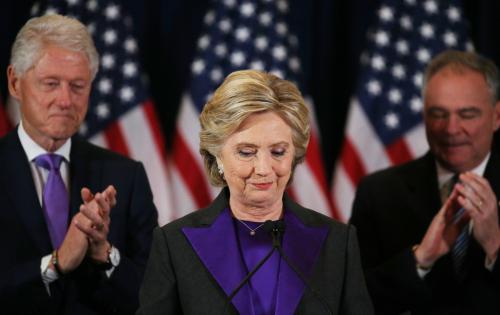

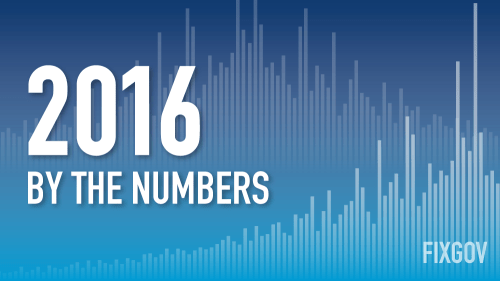

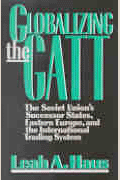
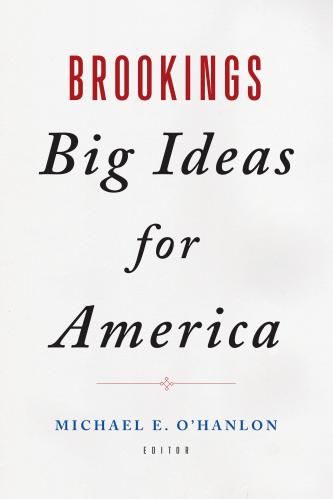

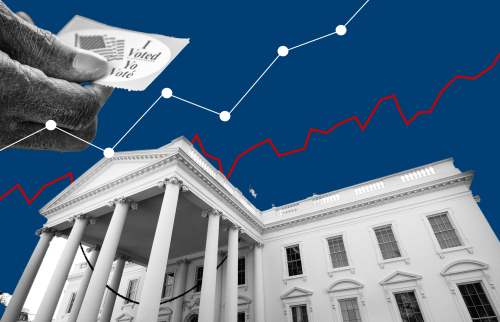
Commentary
Choose your own election post-mortem: Part 2
November 16, 2016